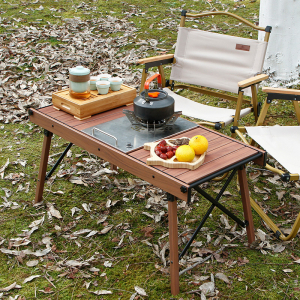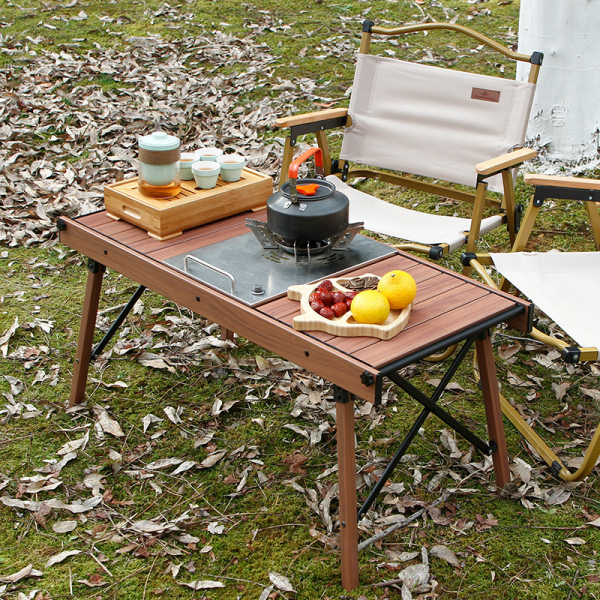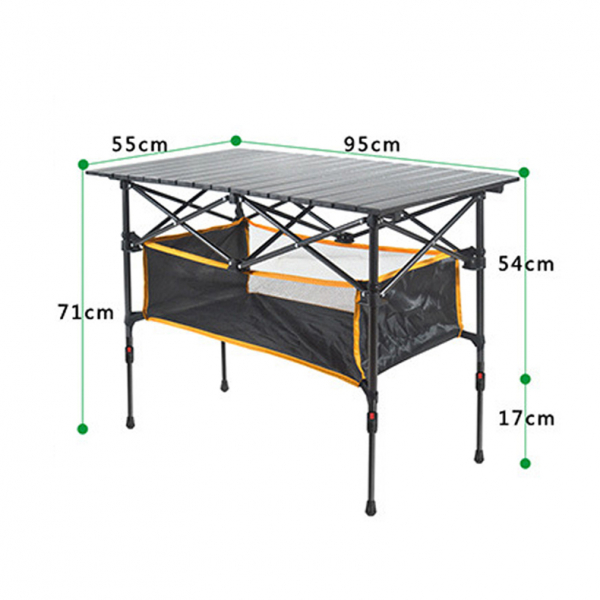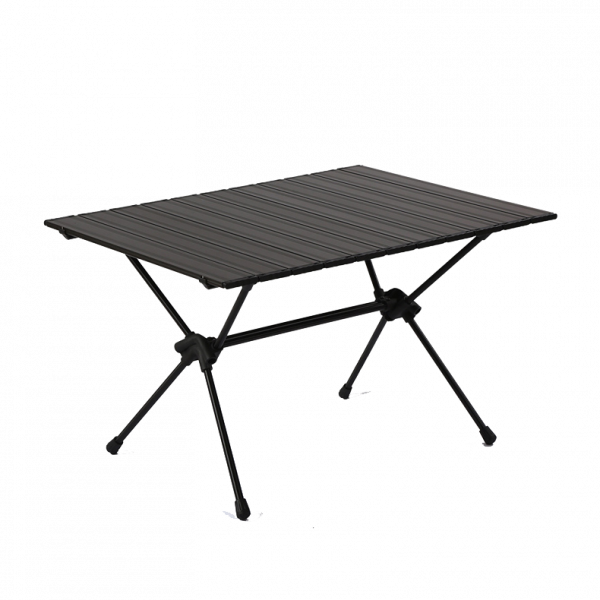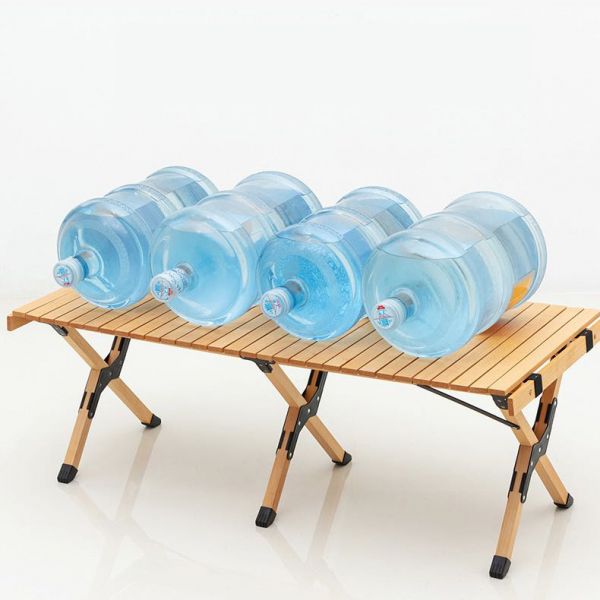News Center+ 查看更多
News Center
+ 查看更多
Unveiling the Secrets of Camping Table Materials: Aluminum Alloy vs. Plastic vs. Wood+ 查看更多
Unveiling the Secrets of Camping Table Materials: Aluminum Alloy vs. Plastic vs. Wood
+ 查看更多
Date:2023-07-06
Introduction:
Camping tables are essential equipment for outdoor enthusiasts, providing a stable surface for various activities. When choosing a camping table, understanding the differences between materials is crucial. This expert analysis will explore the secrets behind three popular camping table materials: aluminum alloy, plastic, and wood. By examining their unique characteristics, we aim to assist buyers in making informed decisions based on their specific needs and preferences.
1. Aluminum Alloy: Lightweight and Durable
- Weight: One of the key advantages of aluminum alloy is its lightweight nature, making it easy to transport and carry during camping trips. This feature appeals to hikers, backpackers, and adventurers who prioritize mobility and portability.
- Durability: Aluminum alloy is renowned for its durability, withstanding outdoor conditions such as moisture, heat, and impact. Its robustness ensures that the camping table can endure rough handling and rugged terrains, making it an ideal choice for those engaging in more adventurous activities.
- Stability: The inherent strength of aluminum alloy provides excellent stability for camping tables. It can support heavier items without warping or buckling, ensuring a secure and reliable surface for cooking, dining, or other campsite tasks.
- Maintenance: Aluminum alloy tables are relatively low-maintenance. They are resistant to rust and corrosion, requiring minimal upkeep. Simple cleaning and occasional inspections for any damage or loose joints are sufficient to keep them in good condition.
2. Plastic: Portable and Practical
- Affordability: Plastic camping tables are often more budget-friendly compared to other materials. They provide a cost-effective option for campers seeking practicality without compromising on basic functionality.
- Portability: Plastic tables excel in terms of portability due to their lightweight construction. They are effortless to transport and set up, making them suitable for family camping trips, picnics, and recreational outings.
- Weather Resistance: Plastic is highly resistant to moisture and does not rot or decay like wood. This quality ensures that plastic camping tables can withstand rain, humidity, and damp ground conditions without compromising their durability or aesthetics.
- Easy Maintenance: Cleaning plastic tables is a breeze. They can be wiped down with a damp cloth or washed using mild soap and water. Their non-porous surface also prevents stains from food or drinks, allowing for quick and effortless cleaning.
3. Wood: Natural Beauty and Warmth
- Aesthetics: Wood camping tables offer a timeless and natural aesthetic appeal, adding warmth and charm to any campsite. The visible grain patterns and earthy tones create a cozy atmosphere, enhancing the overall camping experience.
- Variety: Wood provides a wide array of options, ranging from solid wood to composite wood materials. Different types of wood, such as teak, cedar, or bamboo, offer unique characteristics in terms of appearance, strength, and weather resistance. Buyers can choose based on their desired level of natural beauty, durability, and sustainability.
- Integration with Nature: For nature enthusiasts, wooden camping tables harmonize seamlessly with the environment. The use of renewable materials aligns with eco-friendly practices, and the natural textures and colors blend with the surrounding landscape.
- Maintenance: Wood requires more maintenance compared to other materials. Regular sealing, staining, or varnishing is necessary to protect it from moisture, UV rays, and pests. It's important to follow manufacturer guidelines and perform routine inspections to ensure the table's longevity.
Conclusion
Camping table materials play a significant role in meeting the varying needs of outdoor enthusiasts. Aluminum alloy offers lightweight durability, plastic provides portability and practicality, while wood adds natural beauty and warmth to the camping experience.
By understanding the distinctive features and considerations of each material, buyers can select the perfect camping table that aligns with their preferences, requirements, and budget. Whether you prioritize mobility, affordability, or aesthetics, there is a camping table material out there for every camper's unique style and adventure.

